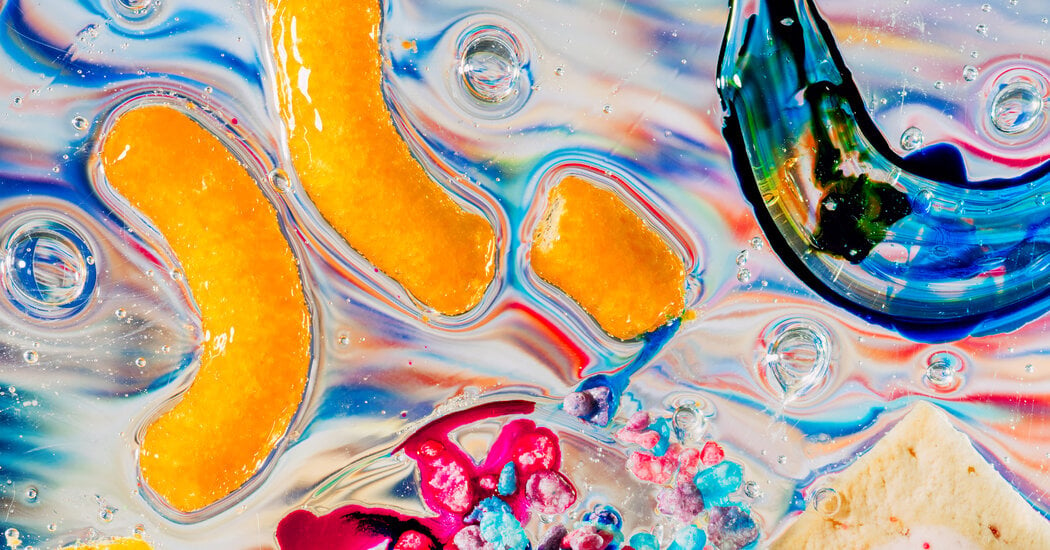Joel Nigg, a professor of psychiatry at Oregon Health and Science University, performed a similar review in 2012. He had expected to find evidence that would reassure those who were worried about food dyes, he said. However, he also found a small but significant increase in hyperactivity when children consumed the dyes. Other researchers have come to similar conclusions.
Dr. Nigg and other experts have acknowledged the various limitations with the research. In addition to most of the available studies being small, many are also decades old and some rely on parents’ reports of their children’s behaviors, which can be biased. Some also tested dyes that weren’t used in the United States, making it difficult to say if the results apply to children in this country.
No large, representative studies have been done on children in the United States, Dr. Nigg said. And researchers aren’t sure how, exactly, the dyes might increase hyperactivity; one study in children suggested that regulation of histamine, a neurotransmitter that can affect behavior, may be involved. In some studies on rodents, researchers have also reported that high levels of the dyes could cause cellular damage and affect signaling and structures in the brain.
The F.D.A., along with an international committee of food safety experts, has emphasized the limitations of the research while maintaining that the food dyes currently approved in the United States are safe.
Industry groups, including the Consumer Brands Association, which represents packaged food and drink companies, as well as the International Association of Color Manufacturers and the American Beverage Association, have opposed the bill.
Jim Coughlin, a nutritional toxicologist who has reviewed the research and testified against the bill on behalf of Consumer Brands Association, said that the studies had been too inconsistent to convince him that the dyes were harmful.
But Dr. Nigg said that given the scientific uncertainty — and the fact that dyes add no nutritional value to meals — it makes sense to avoid having them in schools.
“There’s a reasonable suspicion that food dyes may be harmful, at least for some kids,” Dr. Nigg said. “So why expose them to it?”



So instead of acting on scant evidence why don’t we just do a real f****** study.
Kids have grown up eating yellow mac and cheese. They’re going to want to continue to eat yellow mac and cheese and when you bring them out gray mac and cheese a lot of them are going to refuse to eat it. I’m not saying that yellow mac and cheese is worth harming the kids, but before we throw every child out there who already doesn’t want to eat into a tizzy maybe we should actually know what’s really at play
There are studies. I even put them in the description. (It’s just that there hasn’t been wide and national studies yet, which is a fair point I guess.)
Mac & Cheese can also be yellow without artificial colors.
Also, meaningful studies on long-term health effects take, well, a long term. All the while, we’re feeding our future adults junk that might be harming their development, is definitely unnecessary, and in doing so, normalizing the expectation of dyed food.
I see schools as places to foster development and advancement, not cling to antiquated nutrition policies or impose unnecessary health risks on our youth.
There’s no harm in getting rid of it for now.
Yeah The size of the studies being small was pretty significant to me.
Butter used to be dyed yellow. Now no one bats an eye that it’s off white.
It takes time, but new normals take over.
I don’t disagree with anything you said, but cheese can naturally be yellow and make yellow Mac and cheese without any dyes. I buy blocks of yellow cheese, shred them myself and use it for homemade Mac and cheese, no artificial dyes and it turns out delightfully yellow if the cheese was yellow.